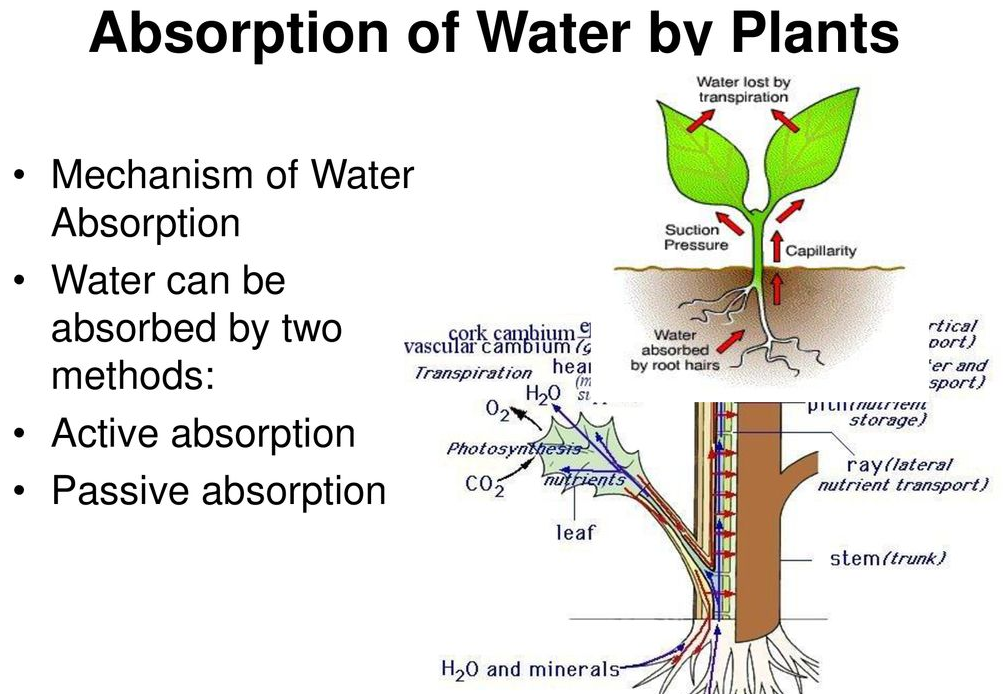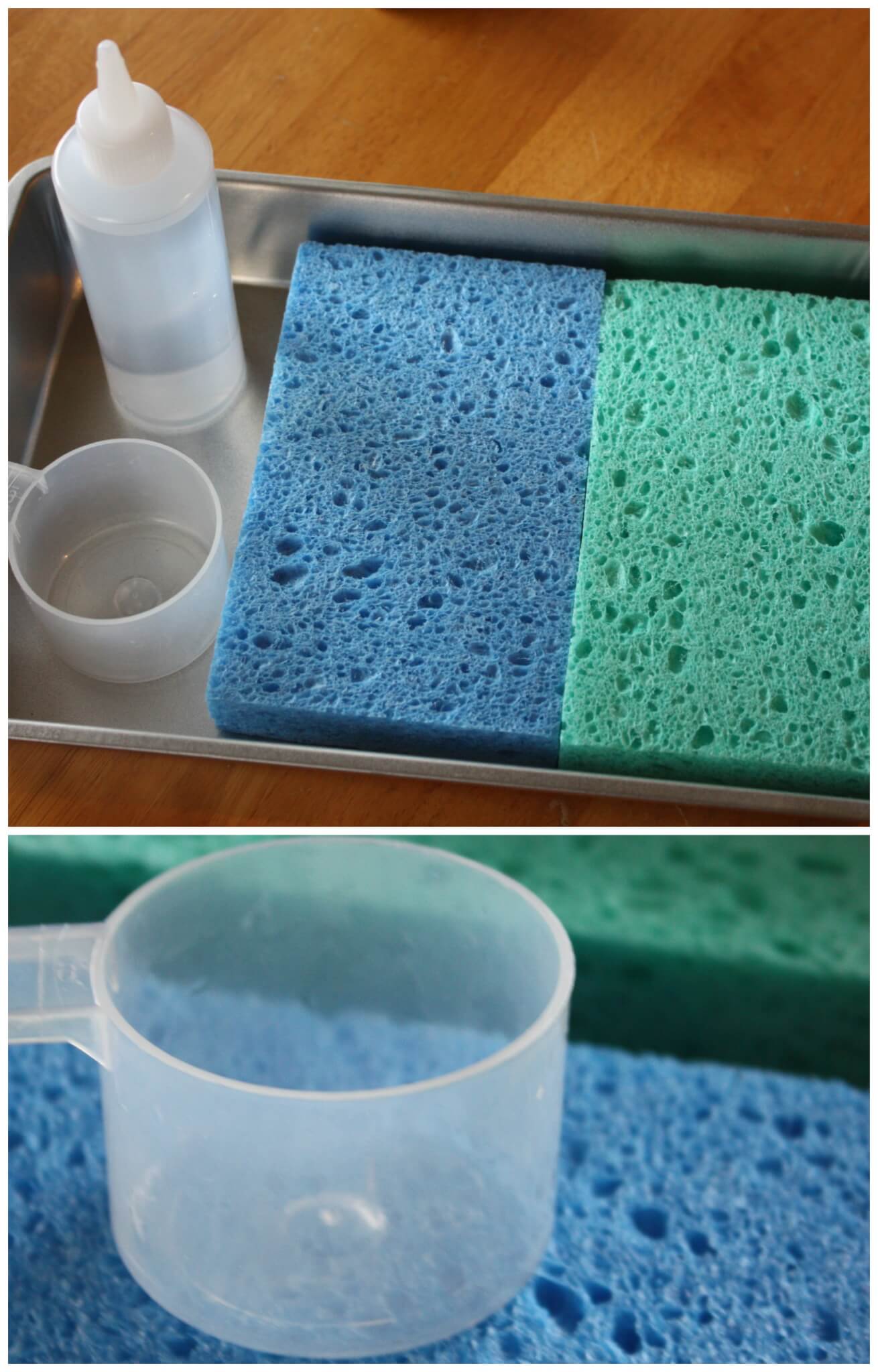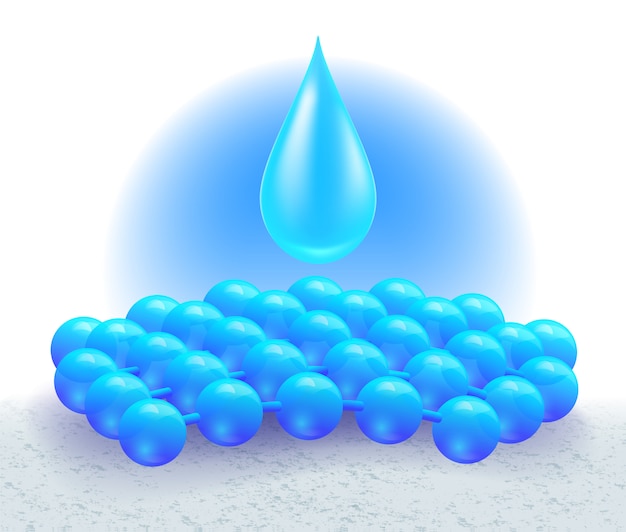
These pores are what allow the cement to absorb water. But the spaces between the cement hydrates create a large network of pores in the cement paste. During cement hydration, these tiny hydrate nanograins combine and form a network that glues the constituents together. When the cement powder and water mix, they react together and form a compound known as calcium silicate hydrate (CSH), often simply called cement hydrates. This powder is mixed with water in a measured proportion to form a cement paste. You might have seen cement in its dry powder form, which consists of carefully mixed ingredients like calcium, aluminium, iron, and silicon. It is these little spaces which cause concrete to absorb water. As it leaves the mixture, it leaves behind tiny pockets and tunnels in the concrete. After concrete dries, the water that was used to mix it slowly evaporates. It allows the concrete to cure slowly and gain strength.īut the formation of concrete inevitably leads to its water-absorbing properties. Often fresh water is lightly sprayed with water for this reason. This month-long period of concrete hardening is known as curing.ĭuring the curing period, keeping the concrete hydrated helps the chemical reactions take place within it, which allows the composite to harden.

This mixture is poured in its semi-solid state, and it takes about a month to harden and become strong. As mentioned above, concrete is formed when aggregates and paste mix together with water. We can look at this in more detail by learning about the formation of concrete. When water falls on concrete, it seeps into these pours, and that is why concrete absorbs water. Some of these pores run deep into the concrete, while others are mostly on the surface. This finished product may look hard and smooth to us but it contains a large number of pores. Why Does Concrete Absorb Water?Ĭoncrete is formed by mixing the aggregate and the paste with water water activates the cement, which then binds everything into a composite material-concrete. Concrete also absorbs water due to its chemical composition, which we will discuss below. It is almost like a sponge, which absorbs water and changes its shape accordingly. Pastes such as cement are binding agents that are used to stick building materials together.Ĭement is a highly porous material that can absorb water from precipitation or even the surrounding humidity. Concrete is made up of two key components: aggregates and pastes.Īggregates such as sand, gravel, and crushed stone provide strength to the overall composite material (concrete, in our case).


Try to water fruit crops consistently so they swell at an even rate, reducing the risk of splitting and ensuring soil nutrients remain readily available to roots.The words “concrete” and “cement” are often used interchangeably, but they are distinct.This helps retain moisture in dry soils and improve drainage in very wet ones. Improve your soil by digging in or mulching with organic matter like well-rotted manure or home-made compost.Water container plants regularly and thoroughly during dry spells, as their restricted root space makes them prone to water stress.

See our guide to planting perennials and our guide to planting trees and shrubs


 0 kommentar(er)
0 kommentar(er)
